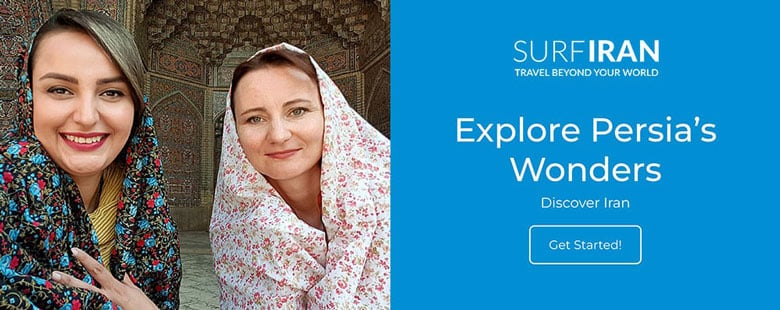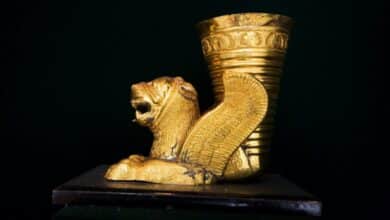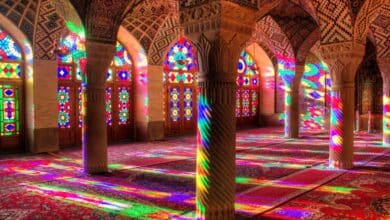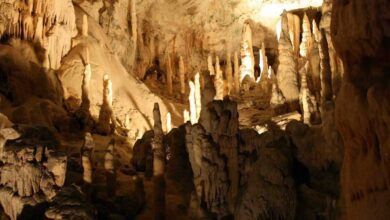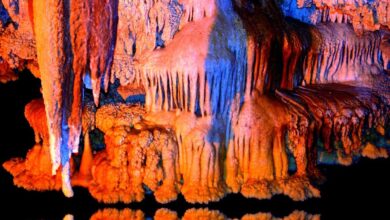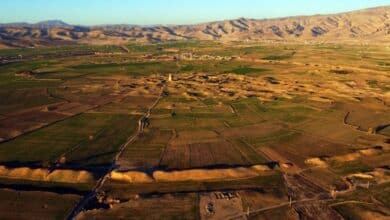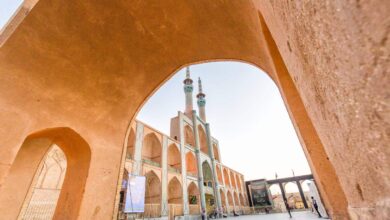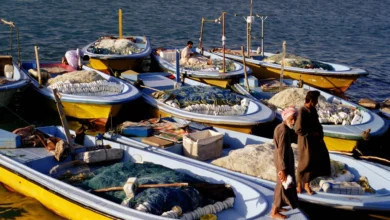Explore Tehran’s Niavaran Palace Historical Cultural Complex
Experience the Allure of Persian History
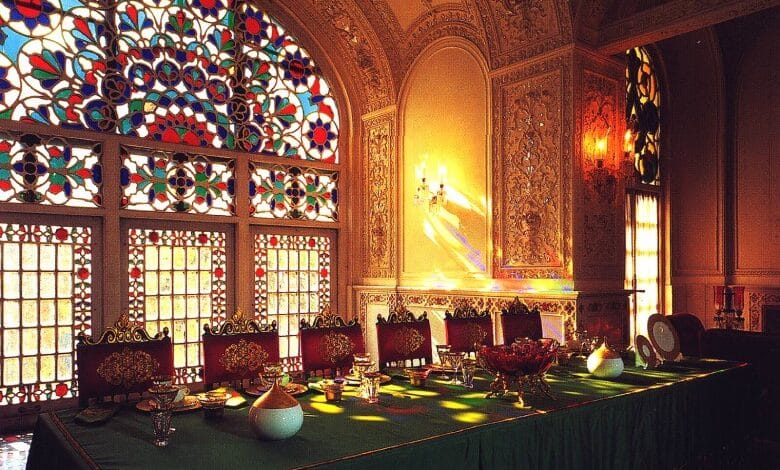
Tehran, the capital of Iran, holds great historical and modern significance. It stands as one of the largest and most populous cities globally, boasting a population of approximately 14 million residents.
Tehran boasts numerous historical and natural landmarks, with palaces holding a unique significance among them. Niavaran Palace stands out as a captivating historical and picturesque site in Tehran.
Niavaran Palace is situated within the Niavaran Garden Complex in Tehran, as well as Niavaran Square. The origins of this palace, which served as Mohammad Reza Shah‘s summer residence, can be traced back to many years ago. In the past, during the Qajar era, this garden was simply a canebrake. However, upon the orders of Fath Ali Shah Qajar, a summer garden named Ney Avaran was constructed, later becoming known as Niavaran.
The Qajar kings commissioned the construction of other structures within this garden. During Naser al-Din Shah‘s reign, the Sahebgharaniyeh Palace was built, and during Ahmad Shah‘s reign, the Kushki mansion was erected.
Covering an area of approximately 11 hectares, this garden was originally designed to host foreign guests during that time.
Niavaran Palace has been transformed into an exquisite museum located in the northern part of the city, showcasing various sections. Prior to 1378, it was operated as a combined complex with Sa’adabad Palace, however, since that year and up to the present, it has stood independently.
Contents
Different Parts of Niavaran Complex
The Niavaran collection showcases a wealth of historical information from the Pahlavi and Qajar periods. The palace features exclusive cinema, dining room, reception hall, room, and blue hall. The middle floor houses a study room, conference room, Farah‘s secretary’s office, Leila’s bedroom, and her maid’s room. On the third floor, you can find Mohammadreza Pahlavi‘s bedroom and Nimrozi resort, Farah’s makeup and dress room, as well as the rooms of the king’s children and their maids. The rooms are adorned with an exquisite collection of paintings by Iranian and foreign artists, porcelain dishes from France and Germany, and beautiful carpets.
Sahebgharaniyeh Palace
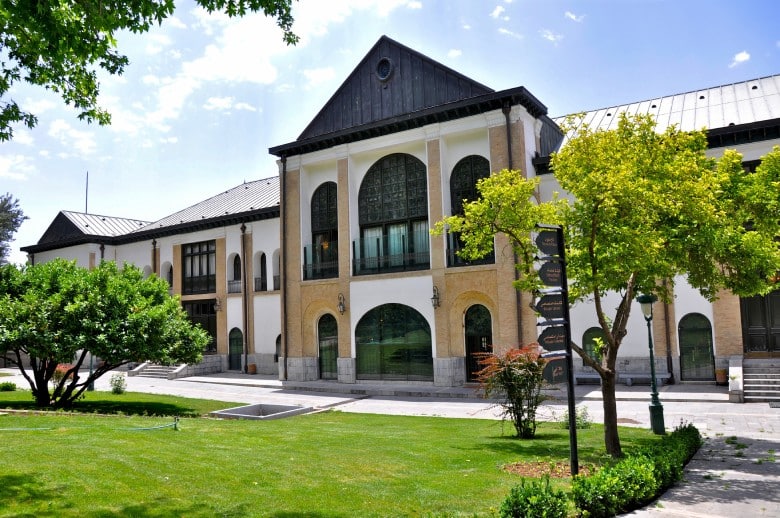
In 1267 AH, Naser al-Din Shah Qajar decided to adopt the name Sahebghran and commissioned the construction of a mansion bearing the same name in Niavaran garden to mark the beginning of his 31st year of rule.
Following the end of the Qajar dynasty, Reza Khan took the initiative to renovate this palace in order to commemorate his son Mohammad Reza’s wedding.
Throughout the reign of Mohammad Reza Shah Pahlavi, significant alterations were made to the interior architecture of this palace.
After the revolution, the Sahebghraniyeh palace underwent a complete renovation and its purpose was transformed into that of a museum.
At present, within this palace, one can find depictions of Qajar princes, photographs capturing Naser al-Din Shah, and portraits showcasing the constitutional elders. Additionally, the palace houses the renowned Jahan Nama Hall, also known as the Mirror Hall. Situated in the northern section of Sahebgharaniyeh Palace, one can observe the desk once used by Mohammad Reza Pahlavi.
Situated approximately 900 meters away from the Niavaran exclusive palace, this magnificent structure stands as a testament to the rich history of the region.
Jahan Nama Museum
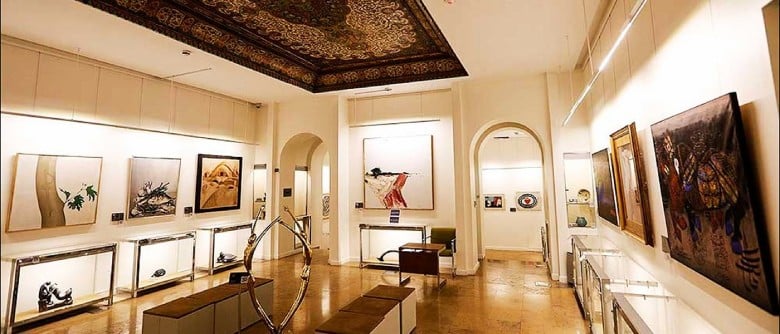
The Jahan Nama Museum, founded in 1355 on the western side of Sahebgharaniyeh Palace, was established to house a collection of artworks and gifts donated to Farah. This museum comprises four halls on the ground floor and one hall in the basement. Within the Jahan nama museum, visitors can admire pieces reflecting a rich cultural and civilizational heritage.
Notably, the middle hall of the museum features wooden paintings adorned with Shiraz flower and chicken motifs on the ceiling. The museum houses works by renowned Iranian artists such as Parviz Tanavoli, Hossein Zende Roudi, Sohrab Sepehri, and Bahman Mehsass. Additionally, the collection includes valuable pieces by world-renowned artists like Picasso, Dali, Renoir, Gauguin, and Braque. Furthermore, the museum showcases terracotta dishes, bronze figures dating back to millennia BC, and artifacts from various world civilizations, adding to its historical significance.
Ahmadshahi Kushk
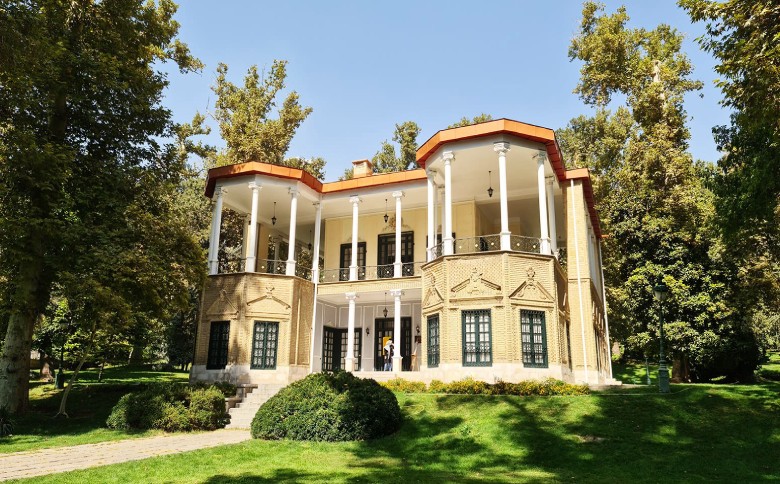
Ahmadshahi Kushk was constructed under the directive of Ahmad Shah Qajar as a summer residence for the Shah. It underwent renovations during the reign of Reza Shah Pahlavi and served as Reza Shah’s office. The second floor of the building features a central hall with a spacious veranda at each of the four corners. Historically, this floor functioned as the mansion’s music room, and a stunning plaster painting of a lion and sun can be admired on the north side veranda. The Koushak Ahmad Shahi mansion spans approximately 800 square meters and was completed towards the end of the Qajar era.
Automobile Museum
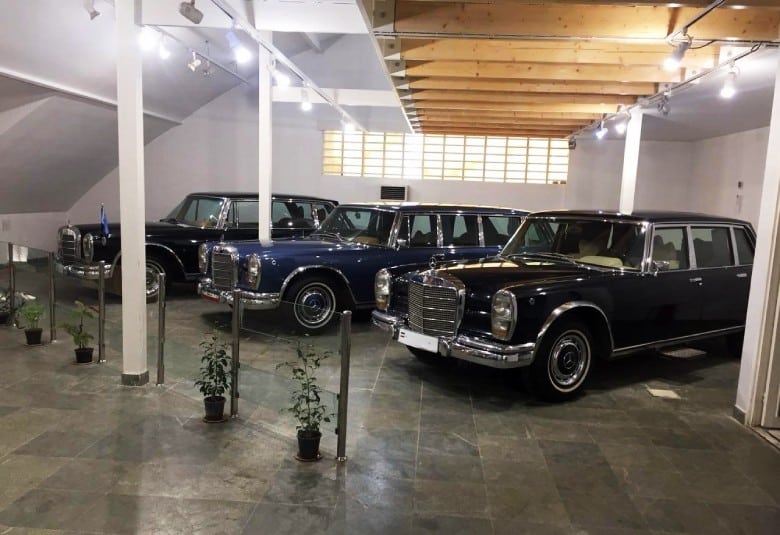
The Niavaran Palace Automobile Museum, situated in the northwest of the Niavaran historical-cultural complex, is located 500 meters from the Niavaran exclusive palace. It occupies an area of 200 square meters within an old garage and was inaugurated in 2013. The museum showcases cars owned by the Pahlavi family, motorcycles belonging to Pahlavi’s children, as well as car replicas for public viewing.
Niavaran Inscription Museum Garden.
Established in 2007 through the collaborative efforts of the Niavaran Historical-Cultural Collection, the Language and Dialect Research Institute, and the Cultural Heritage Organization. The Niavaran Inscription Museum Garden, situated in the eastern section of Niavaran Bagh, serves as a permanent display of ancient Iranian stone inscriptions within the Niavaran Bagh vicinity.
This exhibition showcases 43 inscriptions originating from various historical eras, including the Medes, Assyrians, Sumerians, Elamites, and Sasanians. Notable inscriptions featured in this exhibition include those of Shapur and Ardeshir at Naqsh-e Rostam.
BOOK ONLINE
Tehran Hotels
Final Words
The Niavaran Complex in Tehran is a renowned cultural site that encompasses various remarkable structures.
Among them is the Niavaran Exclusive Palace, which served as the residence of the last Shah of Iran. The Sahebgharaniyeh Palace, dating back to the Qajar era, stands as one of the oldest buildings within the complex.
The Hozkhaneh Museum proudly showcases a collection of paintings and sculptures belonging to the royal family.
Another notable structure is the Ahmad Shahi Pavilion (Kushk), a small palace utilized by Ahmad Shah, the final ruler of the Qajar dynasty.
Furthermore, the Exclusive Car Museum proudly displays the royal family’s collection of cars. Lastly, the Inscriptions Garden exhibits stone inscriptions from various historical periods.
Niavaran Complex FAQ
Where is the Niavaran palace located?
Niavaran palace located in the north of Tehran, This palace is located in the southern part of Bahonar and Darabad streets
When was Niavaran palace built?
Niavaran palace was built at the Qajar period, and in the order of Fathali Shah.
When was the palace of Niavaran renewed?
By the order of Reza Shah and due to Mohammadreza shah’s wedding, Niavaran was rebuilt, but the wedding never holds there!
